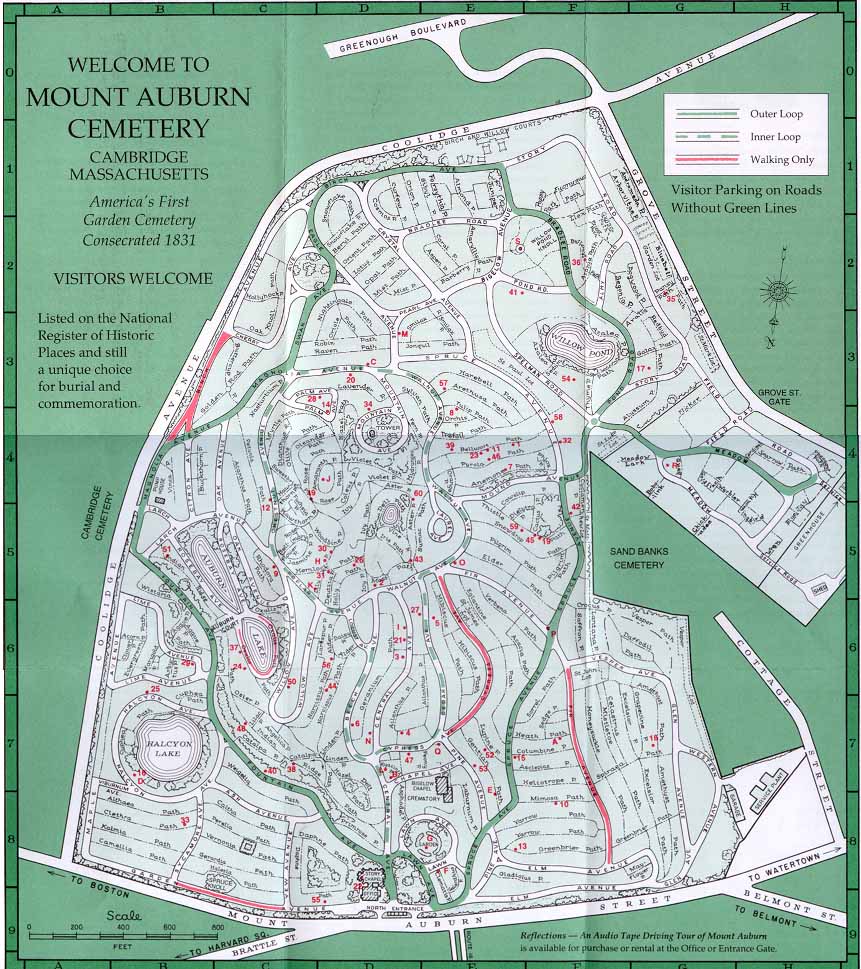E. Power Biggs
Birth Name:
Edward George Power Biggs
Birth Date:
March 29, 1906
Birth Place:
Westcliff-on-Sea, England, United Kingdom
Death Date:
March 10, 1977
Place of Death:
Deaconess Hospital, Boston, Massachusetts
Age:
70
Cause of Death:
Bleeding ulcers
Cemetery Name:
Mount Auburn Cemetery
Claim to Fame:
Music
From the late 1930's on, Mr. Biggs was a dominant figure in the U.S. in arousing interest in serious organ music and in changing the style of its performance. Through his concert tours, weekly recitals over Columbia Broadcasting System's coast‐to‐coast network and recordings he reached millions of listeners, persuading them of the glories of organ music and of its authentic performance. During his career Biggs recorded over 50 albums for the Columbia Masterworks Records and RCA Victor labels for more than three decades. Between 1942 and 1958, he also hosted a weekly radio program of organ music (carried throughout the United States on the CBS Radio Network) that introduced audiences to the pipe organ and its literature.
Cemetery Information:
Final Resting Place:
Mount Auburn Cemetery
580 Mount Auburn Street
Cambridge, Massachusetts, 02138
USA
North America
Map:

Grave Location:
Privet Path, Lot 10099, Space 1Grave Location Description
Park at the intersection of Story Road and Almy Road. Walk up Almy Road and take the Privet Path on your right. Walk along the Privet Path for approximately 200 feet and look to your left, about 75 feet from the path you will see the grey tombstone of Mr. and Mrs. Biggs.
Grave Location GPS
42.36720228, -71.17412577Photos:
[+]
[+]
[+]
[+]
[+]
[+]
[+]
[+]
[+]
[+]
[+]
[+]
[+]
[+]
[+]
[+]
Read More About E. Power Biggs:
Videos Featuring E. Power Biggs:
See More:
Back to Top





